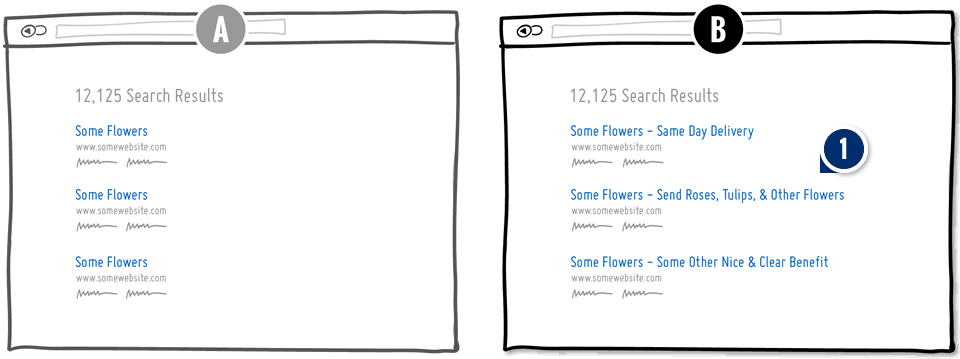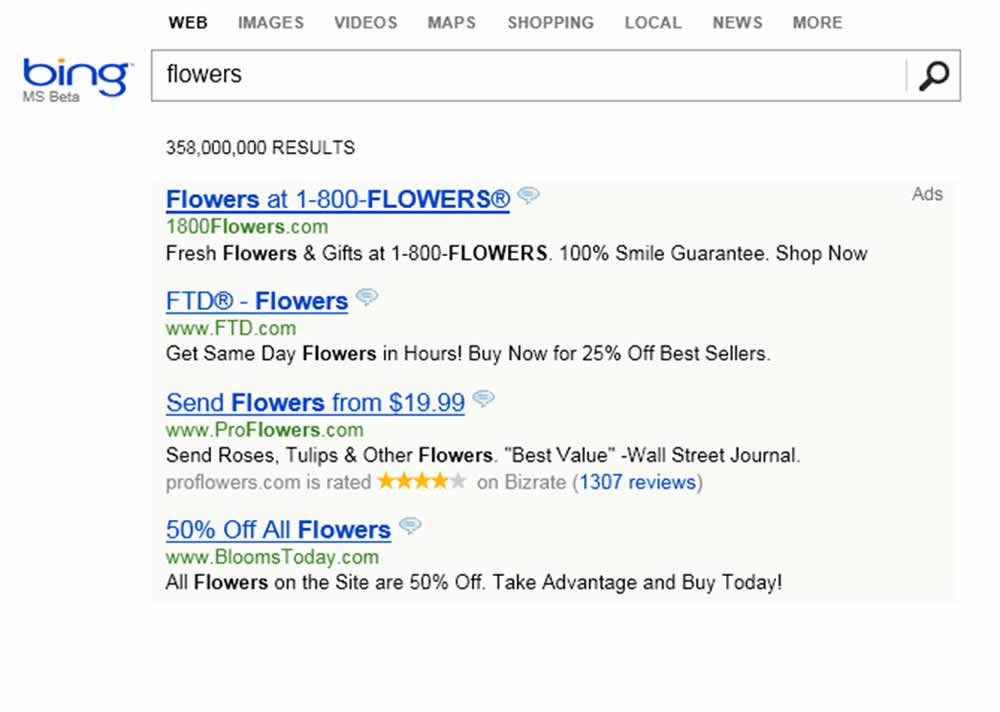Pattern #43: Long Ad Titles Save Pattern Bookmark
Pattern Author:
 Ronny Kohavi
- Technical Fellow and VP, Analysis and Experimentation @ Microsoft
Ronny Kohavi
- Technical Fellow and VP, Analysis and Experimentation @ Microsoft
Based on 1 Tests, Members See How Likely This Pattern Will Win Or Lose And Its (?) Median Effect

-
Replace: Short Link Titles With Longer Ones Benefits
The idea is to move ad text to the title line to make it longer. The additional copy could be something specific about the offer, or a key benefit.
Median Effects
?
Engagement
Ex: Any Action / Visit
?
Conversions
Ex: Signups, Leads
?
Sales
Ex: Transactions, Upsells
?
Revenue
Ex: AOV, LTV
(1 tests)
?
Retention
Ex: Return Visits
?
Referrals
Ex: Social Shares
For each pattern, we measure three key data points derived from related tests:
REPEATABILITY - this is a measure of how often a given pattern has generated a positive or negative effect. The higher this number, the more likely the pattern will continue to repeat.
SHALLOW MEDIAN - this is a median effect measured with low intent actions such as initiating the first step of a lengthier process
DEEP MEDIAN - this is derived from the highest intent metrics that we have for a given test such as fully completed signups or sales.



